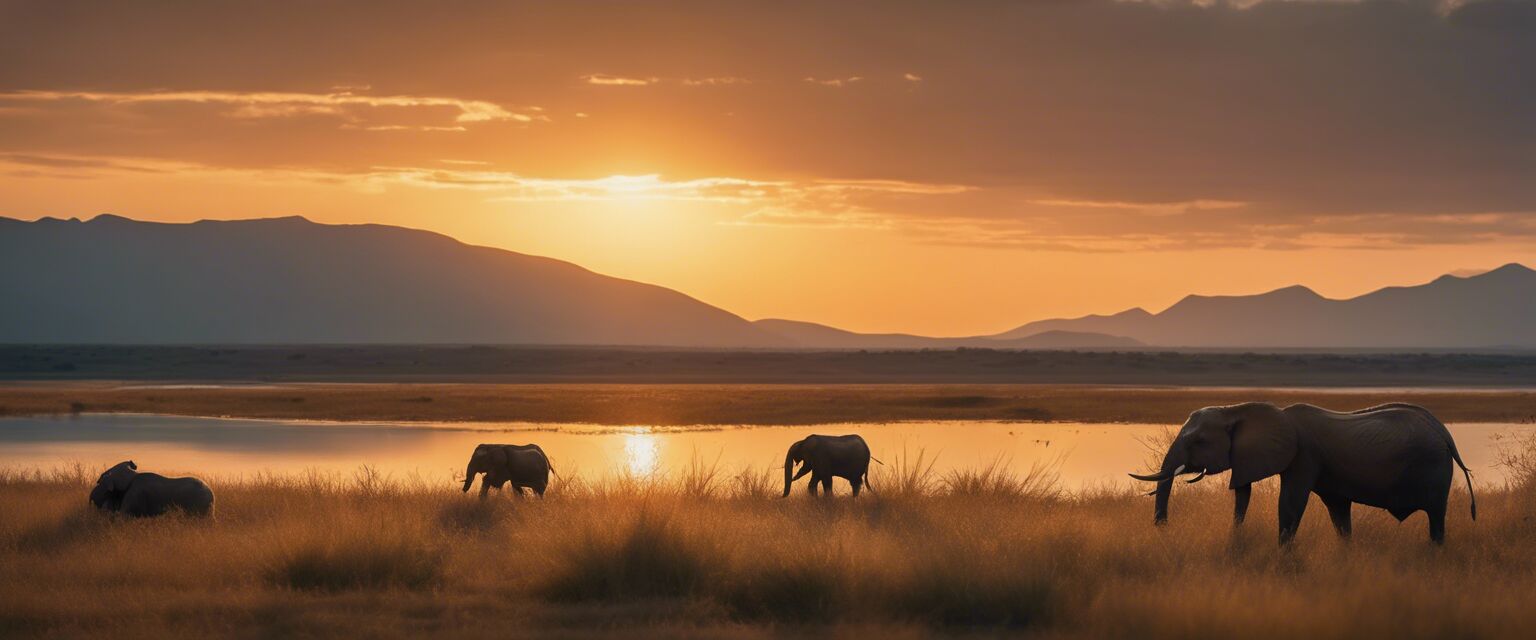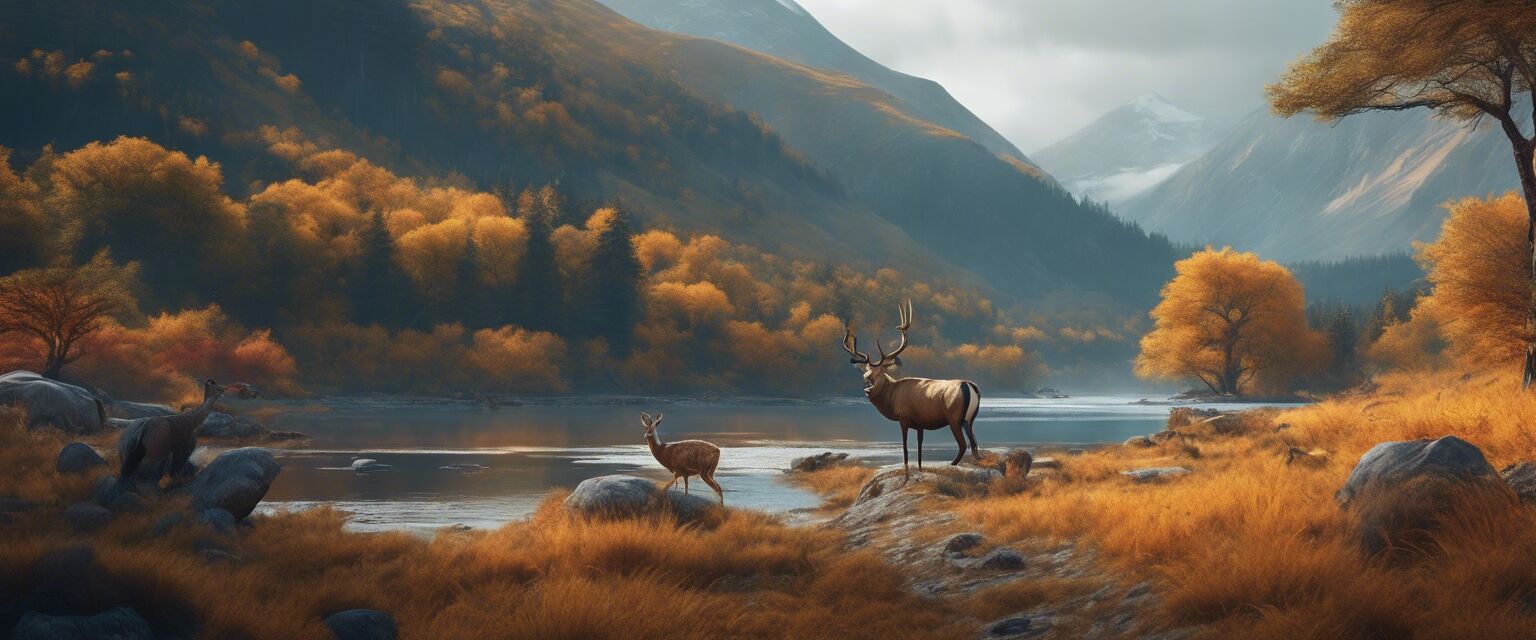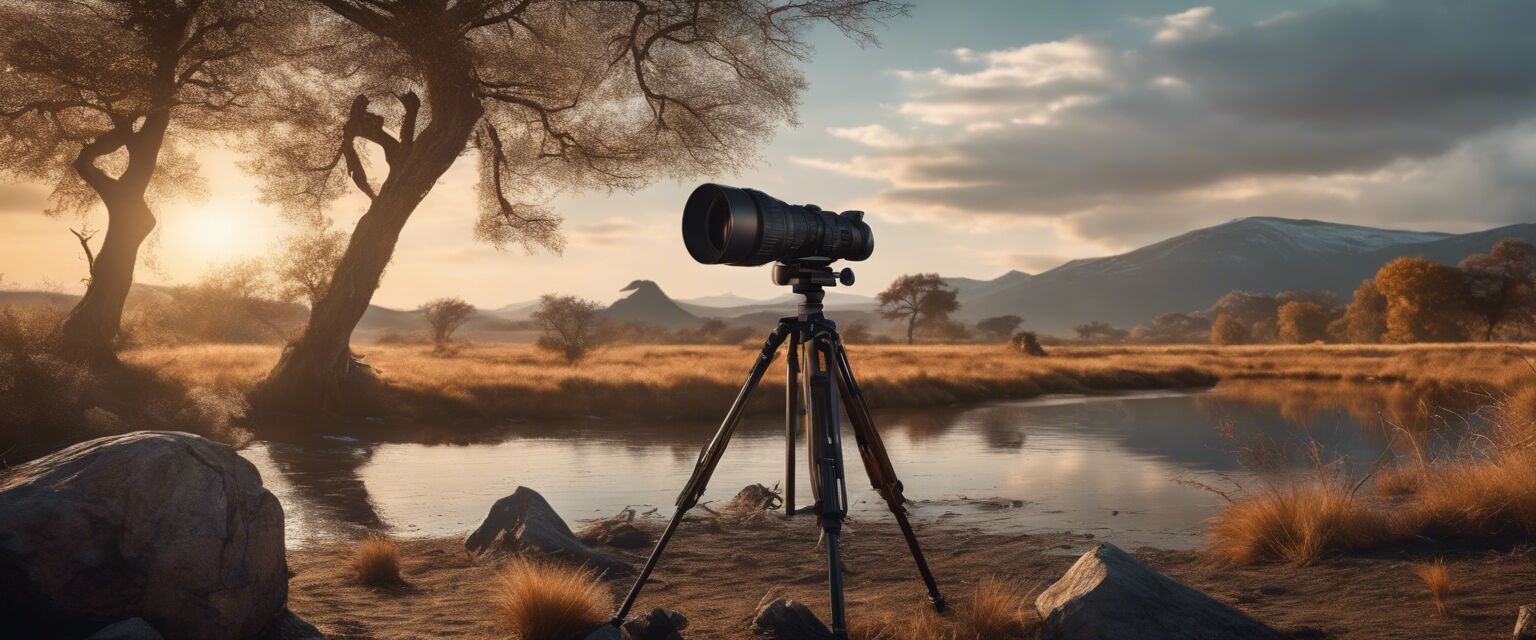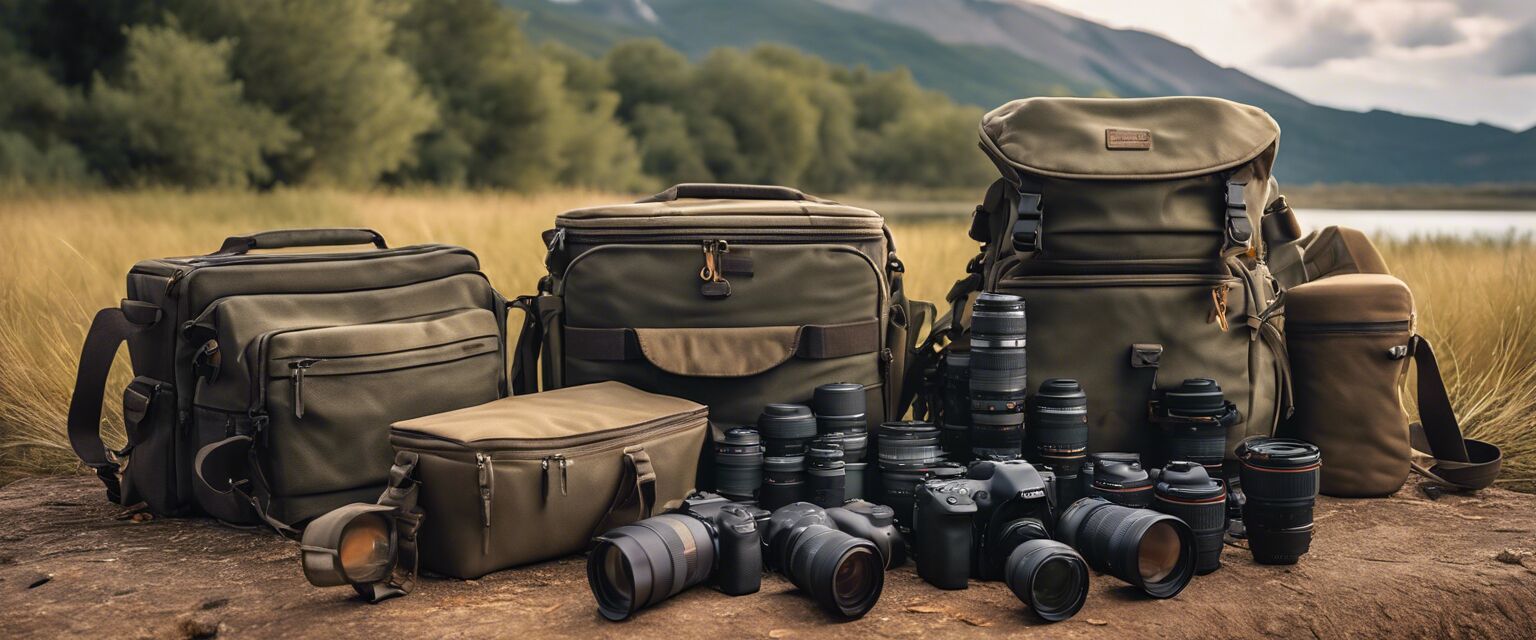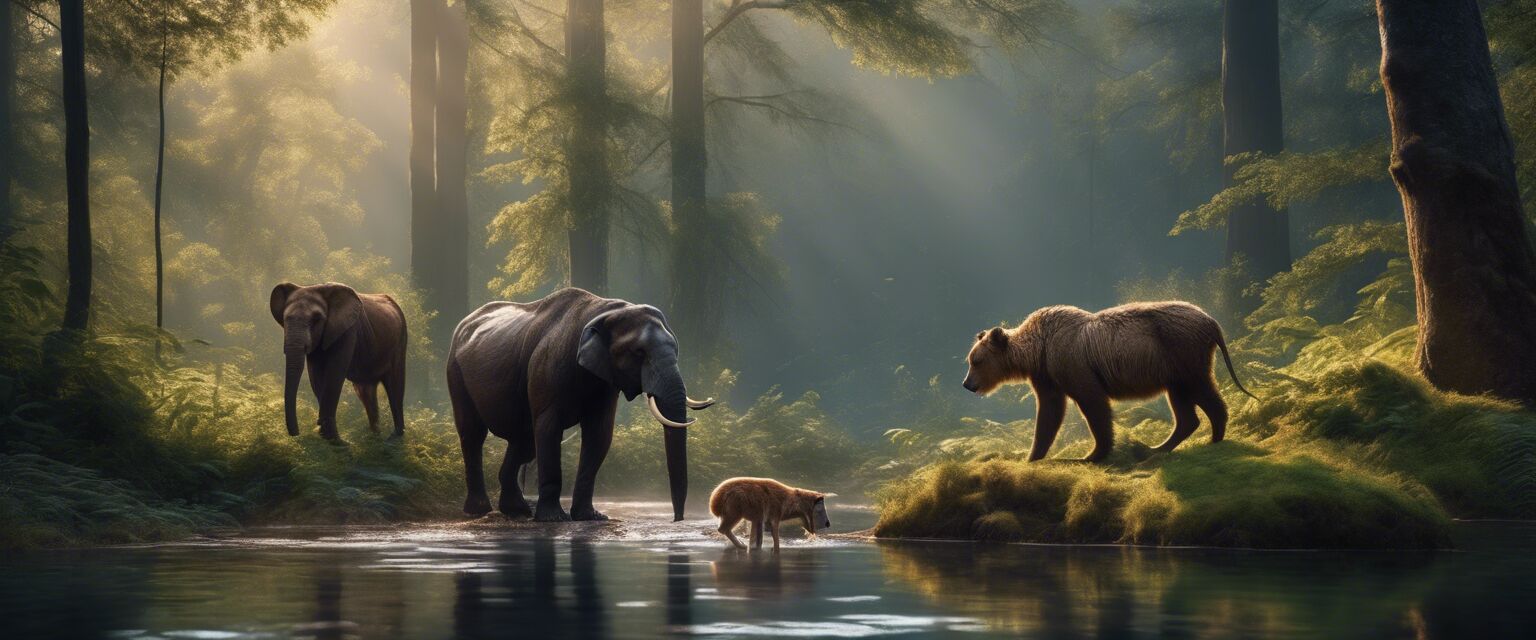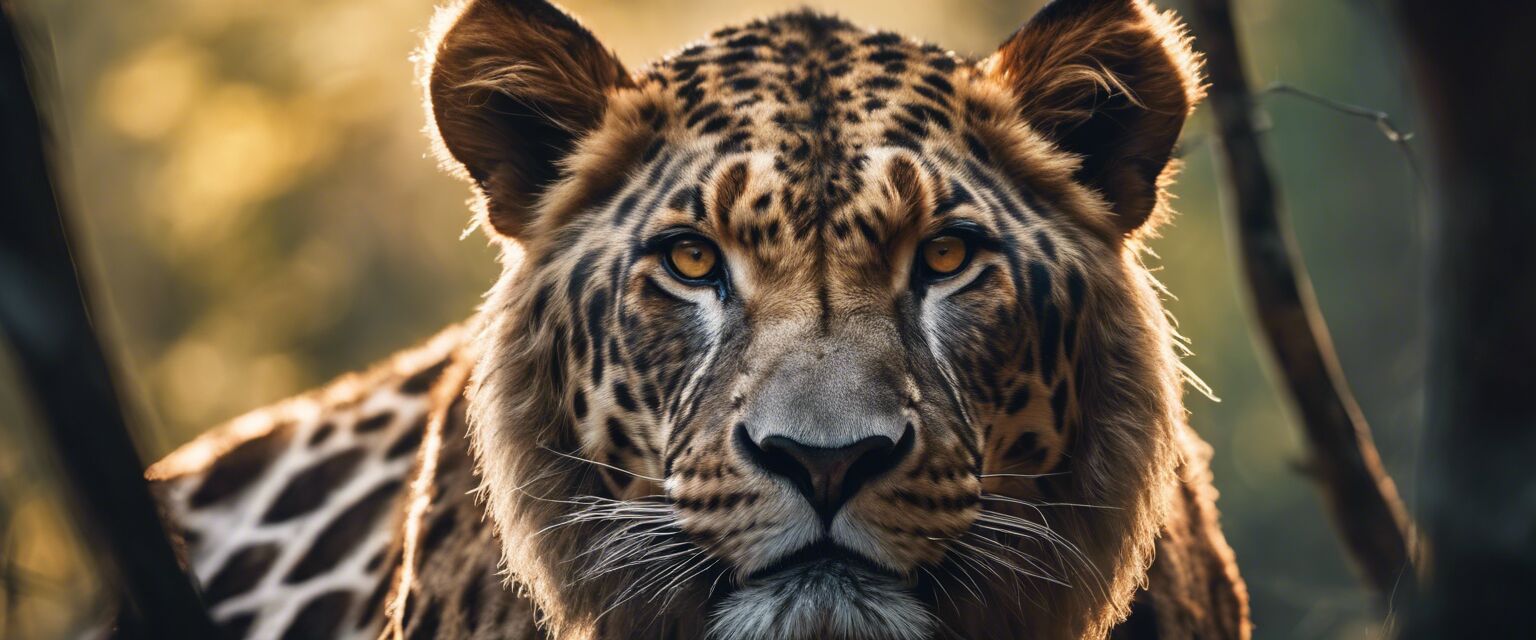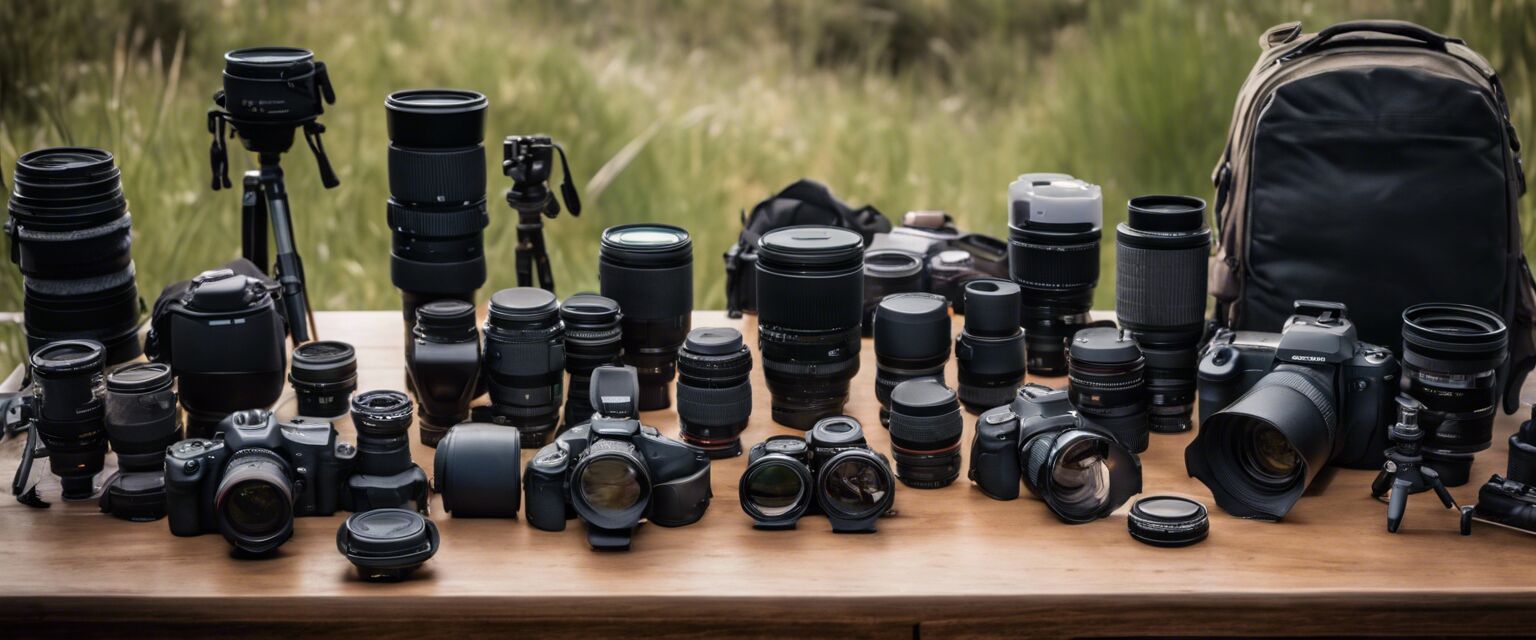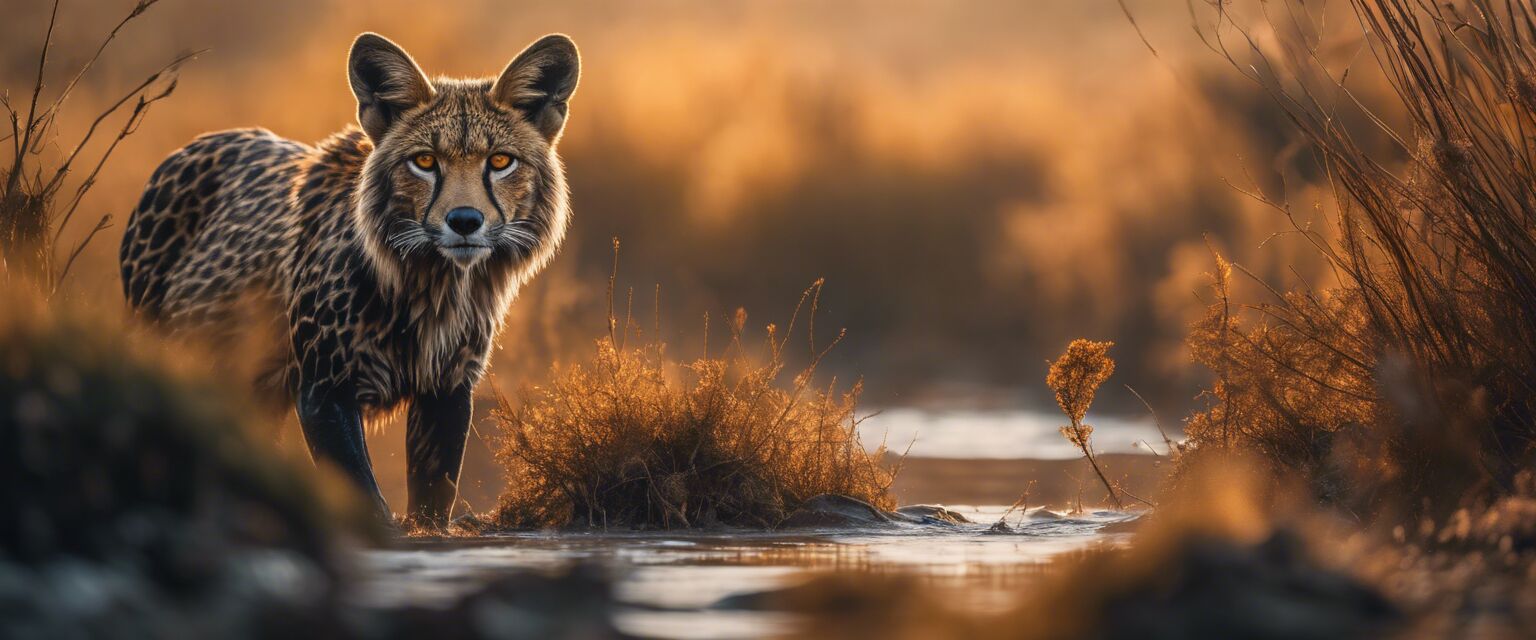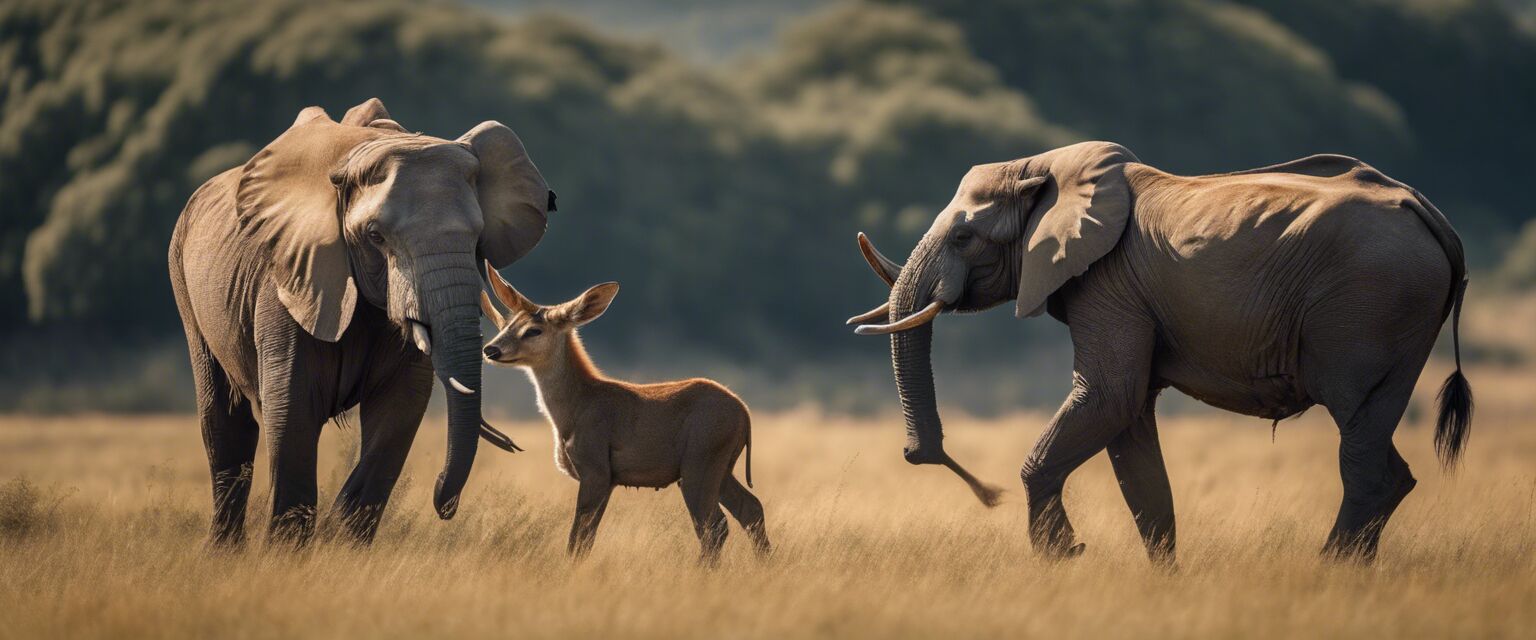
Best Cameras for Wildlife Photography
Key Takeaways
- Wildlife photography requires specific camera features such as fast autofocus and high ISO performance.
- Consider weather sealing and durability for outdoor conditions.
- Lens compatibility is crucial; longer focal lengths are typically preferred.
- Budget considerations can greatly influence the type of camera you choose.
When it comes to capturing the beauty of wildlife, having the right camera can make all the difference. Wildlife photography is not only about skill but also about having the right tools at your disposal. This comprehensive guide will explore the best cameras for wildlife photography, discussing key features, important considerations, and helping you make the right choice for your photography needs.
What to look for in a wildlife camera
Choosing a camera for wildlife photography can be overwhelming, given the myriad of options available. Here are some essential features to consider:
- Autofocus System: Fast and accurate autofocus is crucial for capturing quick-moving animals.
- ISO Performance: A camera that performs well in low light situations will help you shoot in various environments.
- Frame Rate: High continuous shooting rates allow you to capture action shots.
- Weather Sealing: Wildlife photographers often work in unpredictable conditions; a weather-sealed camera can be invaluable.
- Weight and Size: Lightweight options are preferable for long treks in the field.
Top features for wildlife photography cameras
| Feature | Importance | Recommended Specs |
|---|---|---|
| Autofocus | Critical for sharp images of fast-moving subjects | Focus points: 51 or more |
| ISO Range | Essential for low-light conditions | Minimum: 6400, prefer expandable options |
| Continuous Shooting Speed | Helps capture fast action sequences | Minimum: 5 fps, prefer 10 fps or more |
| Image Stabilization | Reduces blurriness from camera shake | Optical or sensor-shift stabilization |
| Durability | Ensures longevity in harsh environments | Weather-sealed and rugged construction |
Best Camera Types for Wildlife Photography
There are several types of cameras that can be suitable for wildlife photography:
- DSLR Cameras: Known for their reliability and excellent image quality.
- Mirrorless Cameras: Lighter and more compact, with fast autofocus systems.
- Point-and-Shoot Cameras: Convenient for those who want portability but still capture great images.
- Action Cameras: Ideal for capturing dynamic scenes in challenging conditions.
Comparison of Popular Cameras
| Camera Model | Type | Autofocus Points | Continuous Shooting (fps) | Weather Sealing |
|---|---|---|---|---|
| Canon EOS 90D | DSLR | 45 | 10 | Yes |
| Nikon Z6 II | Mirrorless | 273 | 14 | Yes |
| Sony A7R IV | Mirrorless | 567 | 10 | Yes |
| Fujifilm X-T4 | Mirrorless | 425 | 15 | Yes |
| Panasonic Lumix FZ1000 II | Point-and-Shoot | 49 | 12 | No |
Understanding Lenses for Wildlife Photography
While a camera body is important, the lens you choose can greatly enhance your wildlife photography experience. Hereâs what you need to know:
- Focal Length: Longer focal lengths (200mm and above) are ideal for capturing distant wildlife.
- Aperture: A wider aperture (f/2.8 or f/4) allows for better low-light performance and depth of field.
- Stabilization: Image stabilization in lenses can help reduce blur when shooting handheld.
Tips for Choosing the Right Camera
Beginner's Section: Tips for Wildlife Photography Enthusiasts
- Research and read reviews on various models.
- Consider renting a camera before purchasing.
- Join wildlife photography groups to learn from others.
- Practice in different lighting and weather conditions.
- Stay patient and observant; wildlife can be unpredictable.
Additional Resources for Wildlife Photography
For more information on accessories and gear to enhance your photography skills, check out our other articles:
- Essential accessories for wildlife photography
- Best camera bags for wildlife photographers
- Top lenses for wildlife photography
- Sturdy tripods for wildlife shooting
- Using drones for unique wildlife shots
Pros
- Captures stunning images of wildlife in their natural habitat.
- Allows photographers to develop their skills in various settings.
- Provides opportunities for adventure and exploration.
- Can lead to professional opportunities if pursued seriously.
Cons
- Can be expensive to equip yourself with high-quality gear.
- Requires patience and sometimes long hours of waiting.
- Wildlife can be unpredictable and challenging to capture.
- Getting high-quality shots often requires specialized knowledge.
Conclusion
Choosing the best camera for wildlife photography involves understanding your specific needs and the features that will support your photography goals. Whether you are a beginner or an experienced photographer, investing in a good camera can significantly enhance your wildlife photography experience. Consider the factors discussed in this guide, and explore the various options available to find the perfect camera for you.

